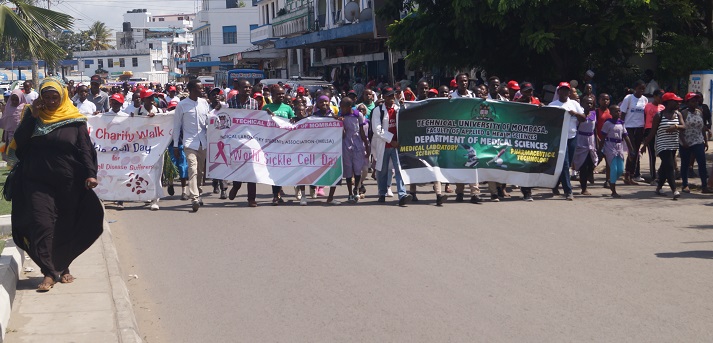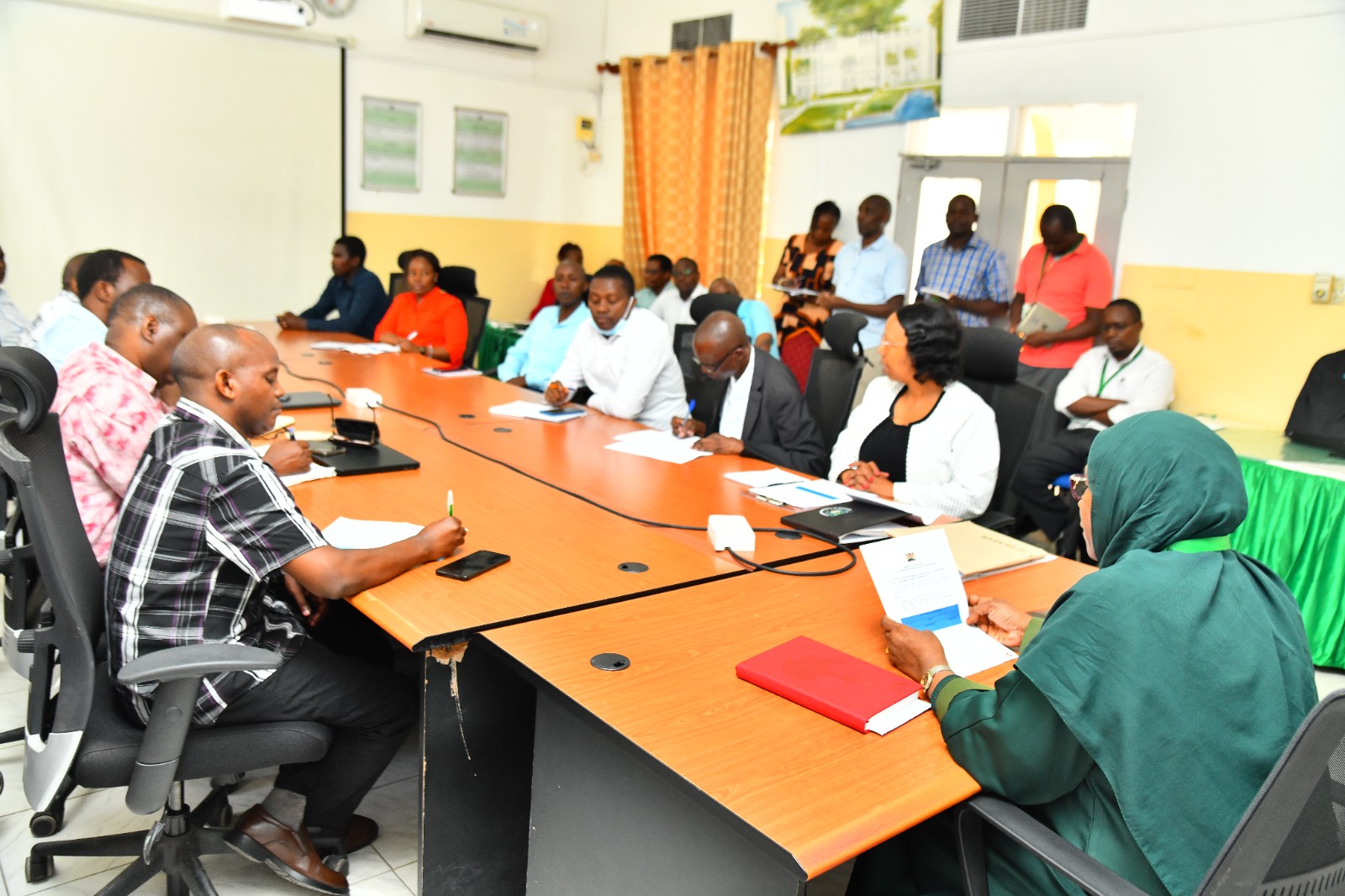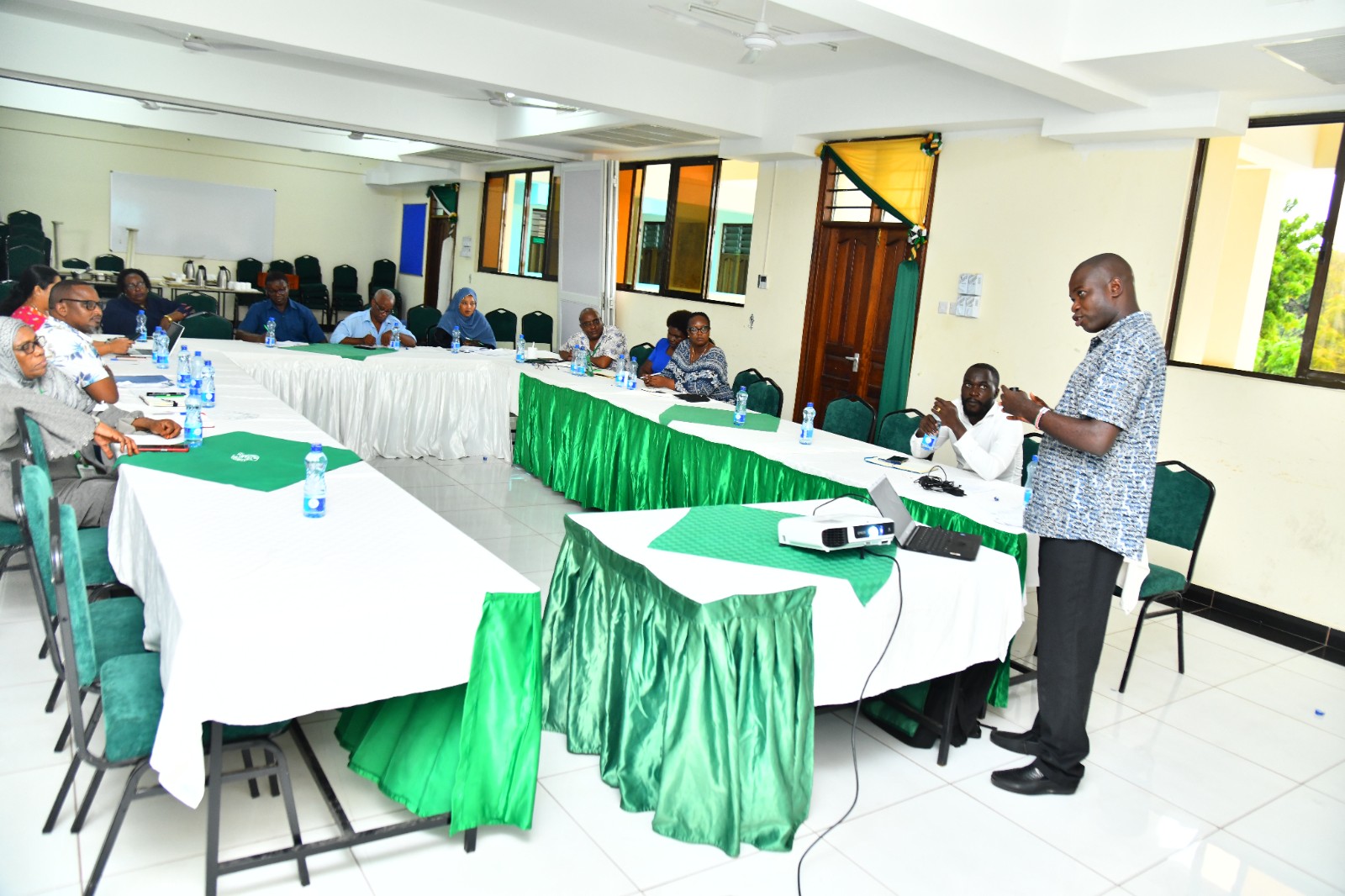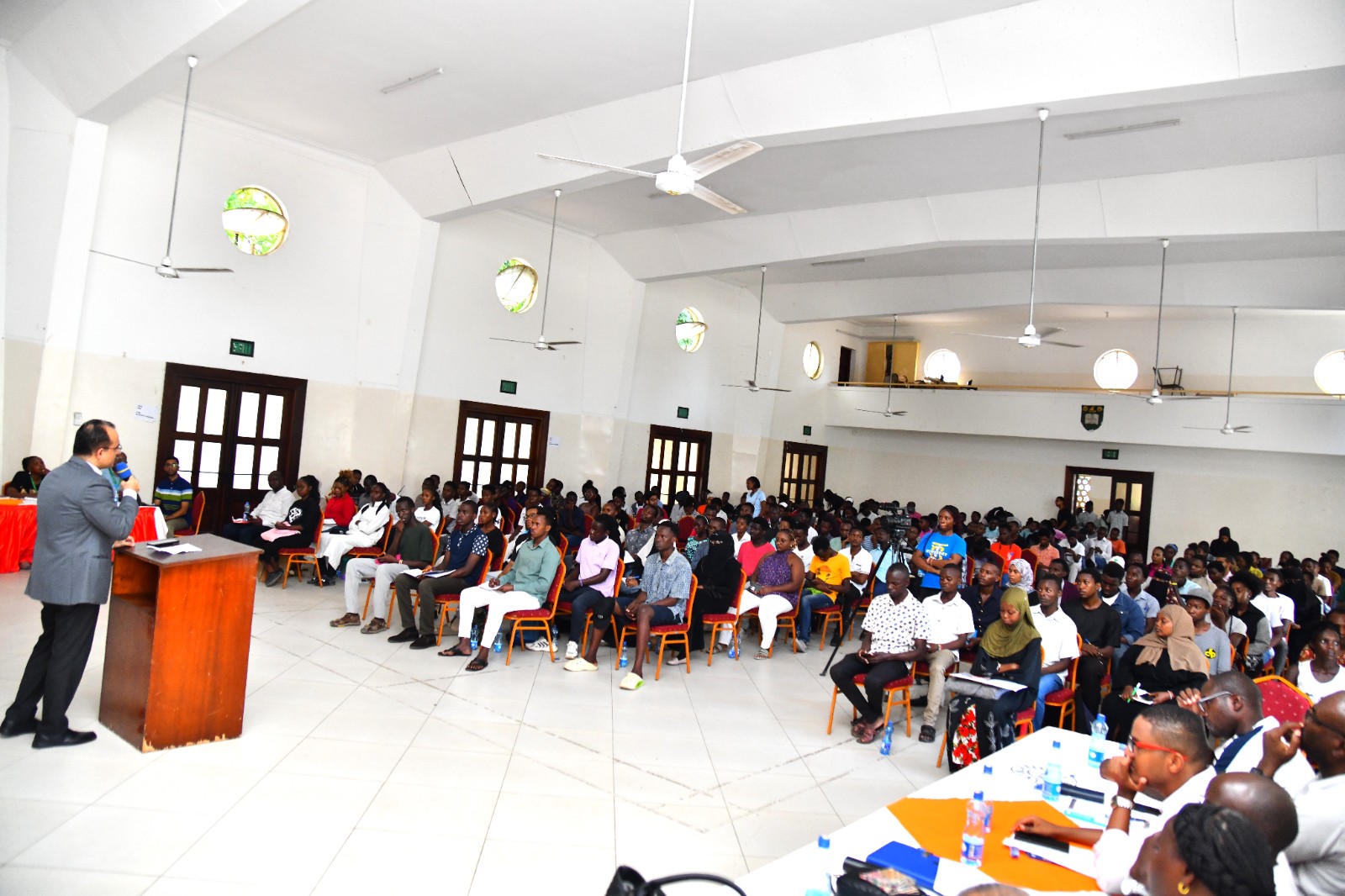Adults in relationships which can lead to marriages have been urged to test for sickle cell disease trait before getting married. In an exclusive interview with Corporate Communications Office, Madam Caroline Kinya a lecturer from the Medical Sciences Department in TUM revealed that if two carriers get married there is high probability of having a child who is a sickler.
“Sickle cell disease (SCD) is an inherited condition which affects red blood cells (RBCs). Let us take the SCD test before consummating marriages, let us discourage marriages between people who are carriers for the sake of the health of our children. When a carrier marry a carrier, the probability of having a child with the disease is 50%. Many marriages are in turmoil today because couples didn’t know their SCD status during courtship. Those with the disease can lead a normal life as long as the comprehensive care is strictly adhered to.” Madam Caroline divulged.
She explained that the disease is common in Nyanza region, western and some parts of coast region.
The founder of Sickle Cell foundation Mr. Noah Naluande revealed that plans are underway to construct a Sickle Cell hospital at Mikindani in Mombasa to offer treatment for the affected persons in coast region and Kenya at large.
The event took place on 15th June 2019 at Treasury square in Mombasa. It comprised of a charity walk, where TUM students, staff, primary and secondary school students in Mombasa County participated. The walk started from Treasury square, Moi Avenue, Railways, Makupa, SabaSaba, Mwembe tayari, Posta and back to Treasury Square. The climax of the event was testing of sickle disease which was carried by TUM students and Lecturers from Medical Sciences Department. Several people were screened for the sickle cell disease and malaria. Hemoglobin level estimation was also done.
Sickle cell disease is a group of disorders that affects red blood cells shape into a sickle or crescent shape. The work of red blood cells is to transport oxygen from the lungs to all parts of the body. People with this disorder suffer acute shortage of oxygen in tissues. Signs and symptoms of sickle cell disease usually begin in early childhood. Characteristic features of this disorder include a low number of red blood cells (anemia), pale/yellow eyes, swollen joints, repeated infections, and periodic episodes of pain. The severity of symptoms varies from person to person. Some people have mild symptoms, while others are frequently hospitalized for more serious complications.






